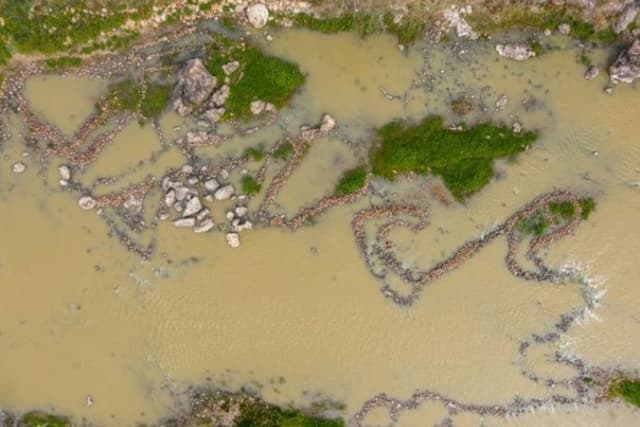
First Nations’ Fish Traps
Lesson2 of 8 in this unit
PrimaryYear 5 - 6TechnologyDesign and TechnologiesEnvironmentalLand ManagementSocialIndigenous Education
Summary
Lesson guides and printables
Lesson Plan

Student Worksheet

Visual Explainer

Teacher Content Info
